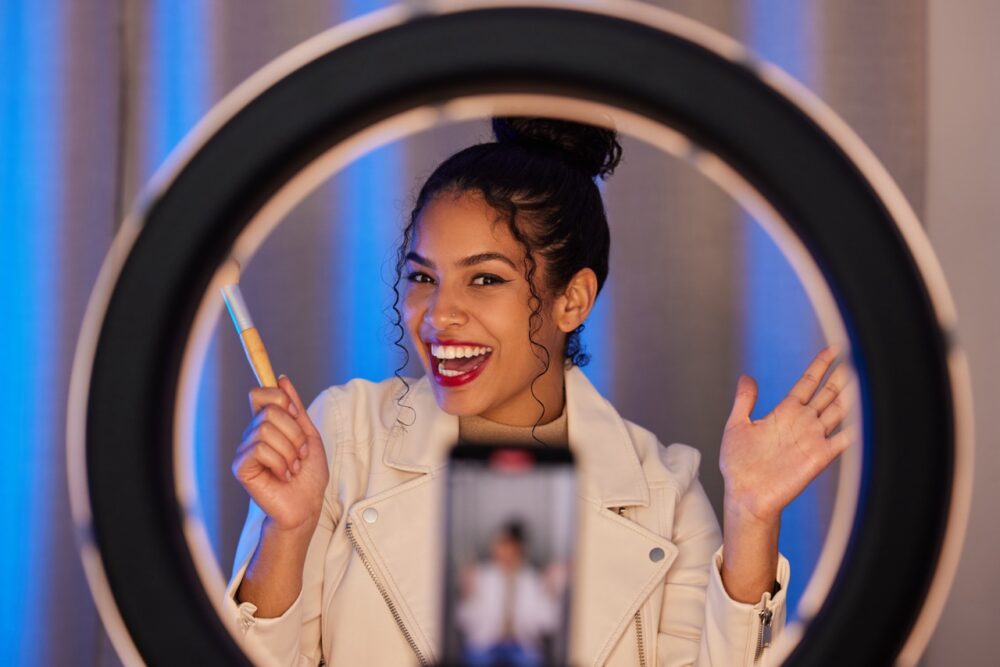As technology evolves, so too do the ways brands engage with consumers. One of the biggest developments over the last decade has been in product sampling — the once in-person, largely in-store experience has moved increasingly into the digital space.
Traditionally, sampling was all about physical interactions. Whether it was a sachet of shampoo or a free can of Coke, the intent was simple: to introduce consumers to a product in the hope of inspiring a purchase. Typically conducted in-person in-store or at an event, it was a blunt tool designed to do nothing more than drive trial. Poor targeting, no follow-up, zero measurability. Digital sampling allows consumers to interact with brands and products in more convenient, targeted and measurable ways. Rather than handing out samples in-store, brands now offer samples via apps, websites, and social media platforms. It’s not just about sending a freebie through the post — it’s about creating attributable experiences that connect with consumers where they spend most of their time: online.

Digital sampling is increasingly being woven into the customer journey. Brands recognise that samples don’t just serve as one-off promotions — they’re an important part of a customer’s path to purchase. Take subscription boxes, for example. These services have grown in recent years, giving consumers the ability to sample a variety of products (often tailored to their preferences) on a regular basis. Companies like Birchbox have mastered this model, and many other brands are now leveraging similar strategies to deepen their relationship with customers.
Additionally, digital platforms Facebook, Instagram, and TikTok are becoming venues for sample-driven content. Brands are using these platforms to offer targeted sampling through influencer partnerships or sponsored posts, allowing them to reach highly engaged audiences directly.
Most importantly, the power of data plays a critical role in digital sampling. Rather than handing out samples randomly, brands are now able to personalise their offer based on consumer behaviour and preferences. Thanks to advances in AI and data analytics, companies can gather a wealth of insight around consumer habits, likes, and dislikes. This enables them to craft highly targeted and personalised sampling experiences.
For example, a skincare brand can leverage data from a customer’s previous purchases or browsing history to send them a sample of a product that aligns with their skin type or needs. This hyper-personalisation not only increases the likelihood of a conversion but also strengthens the consumer-brand relationship in a way that was previously unachievable with traditional sampling methods.
The influencer marketing boom has had a profound impact on digital sampling. Influencers, with their highly engaged audiences, are often the conduit through which many consumers first discover a brand. Instead of discovering a product on a shelf, fans now encounter product samples directly through their social media feeds. In the age of social commerce, influencers are taking on the role of brand ambassadors, and their endorsement of a product often carries more weight than traditional advertising.

The shift toward digital sampling is changing the retail landscape in several important ways. First, it’s driving e-commerce innovation. Brands can now use sampling as a direct path to online conversion. With a free sample delivered straight to their door and a personalised discount code delivered via a follow-up email, customers are making their purchase decisions from the home.
But it doesn’t ignore the physical retail space. Via data collected, brands can understand deeper shopper insight – preferred local store, for example. The brand can follow-up with a targeted offer, personalised to a specific shopper at specific local store, thereby deepening the customer experience.
Brands can work with retailers to offer tailor-made solutions; a brand can run an entire digital sampling campaign designed to support purchase conversion within one store account (both online and offline).
At the higher end, retailers can offer their own digital sampling platforms. Leveraging their loyal customer base as, retailers can offer access to this audience as an incremental revenue driving media. By offering consumers regular sample offers, with exclusive follow-up offers to their own stores, retailers can offer a value add that also bolsters the bottom line.
As tech evolves, so will the opportunity for digital sampling. With the rise of AI enabling deeper integrations between brands, consumers and retailers, digital sampling will become even more seamless, targeted, and interactive. For the consumer, this means a more curated, engaging, and tailored experience, one where they feel like the brand truly understands their needs and desires. For brand and retailers alike, the opportunity to foster deeper, more meaningful relationships with their customers is vast.
In this new era of digital sampling, it’s clear that the lines between traditional retail, digital experiences, and customer engagement are blurring, and the future is one of personalised, data-driven, and interactive product discovery.













